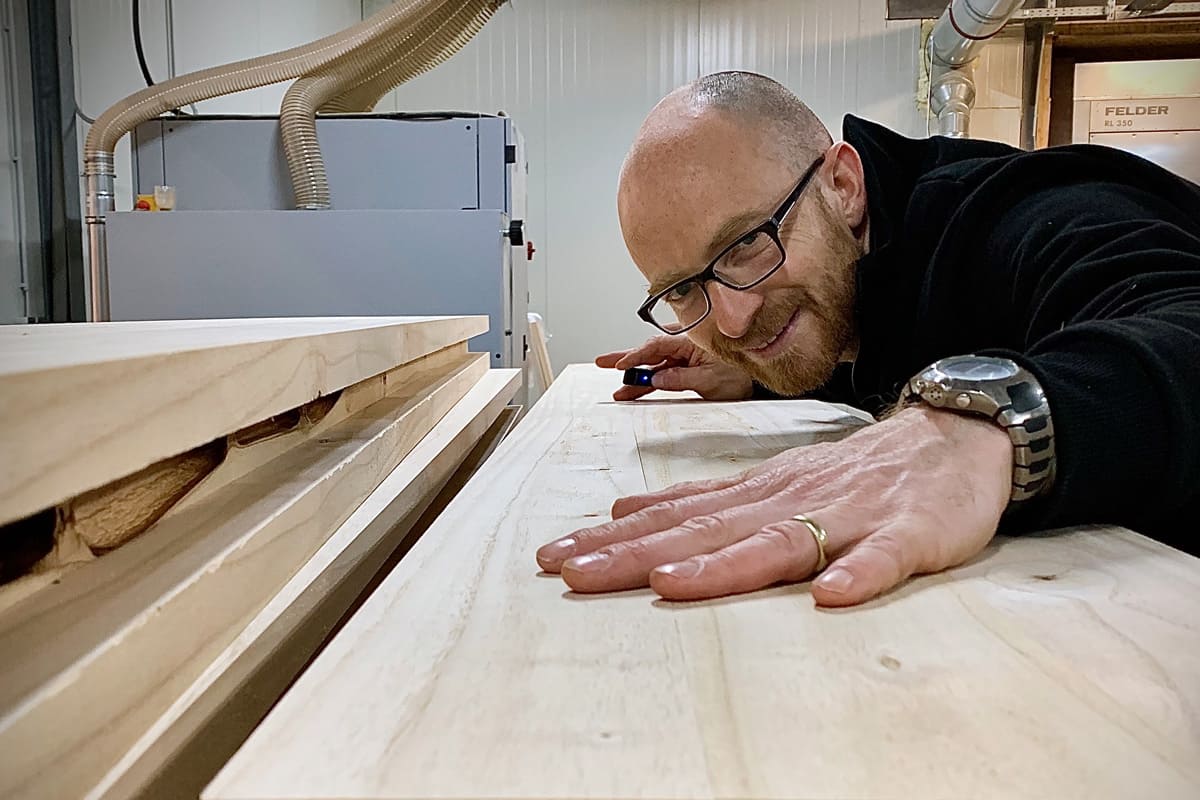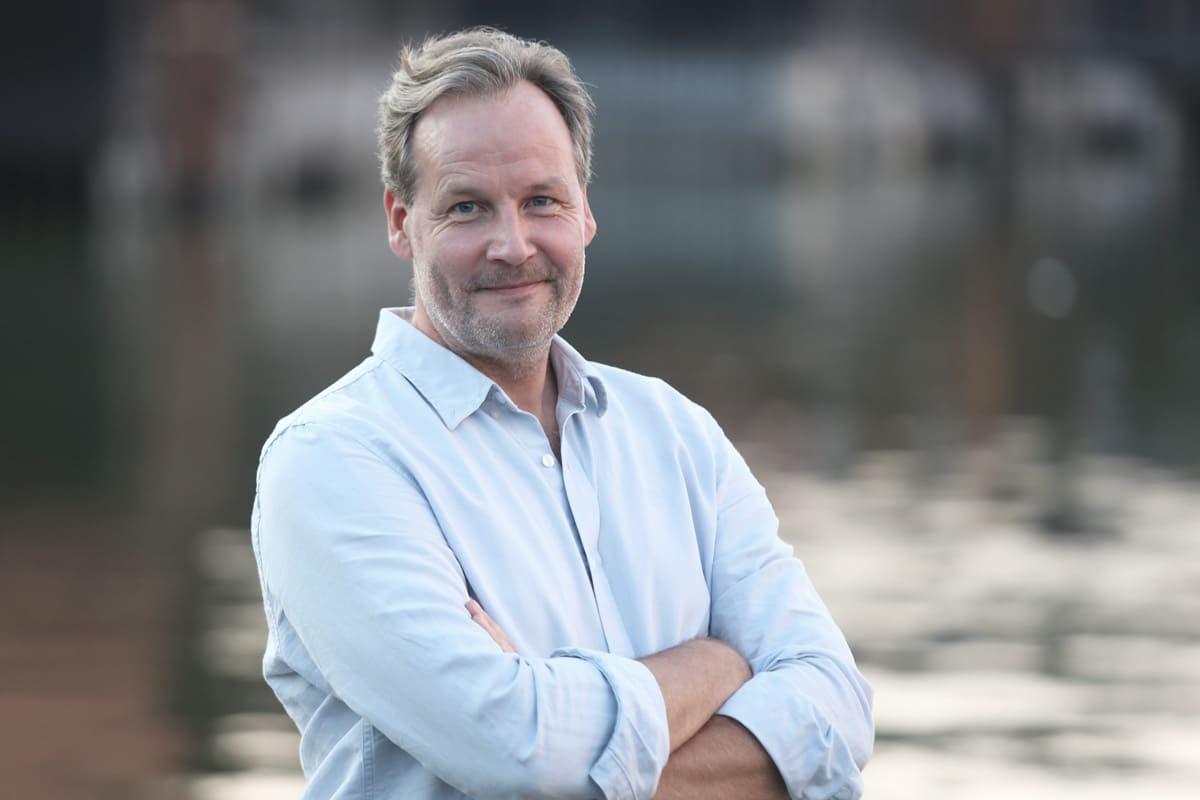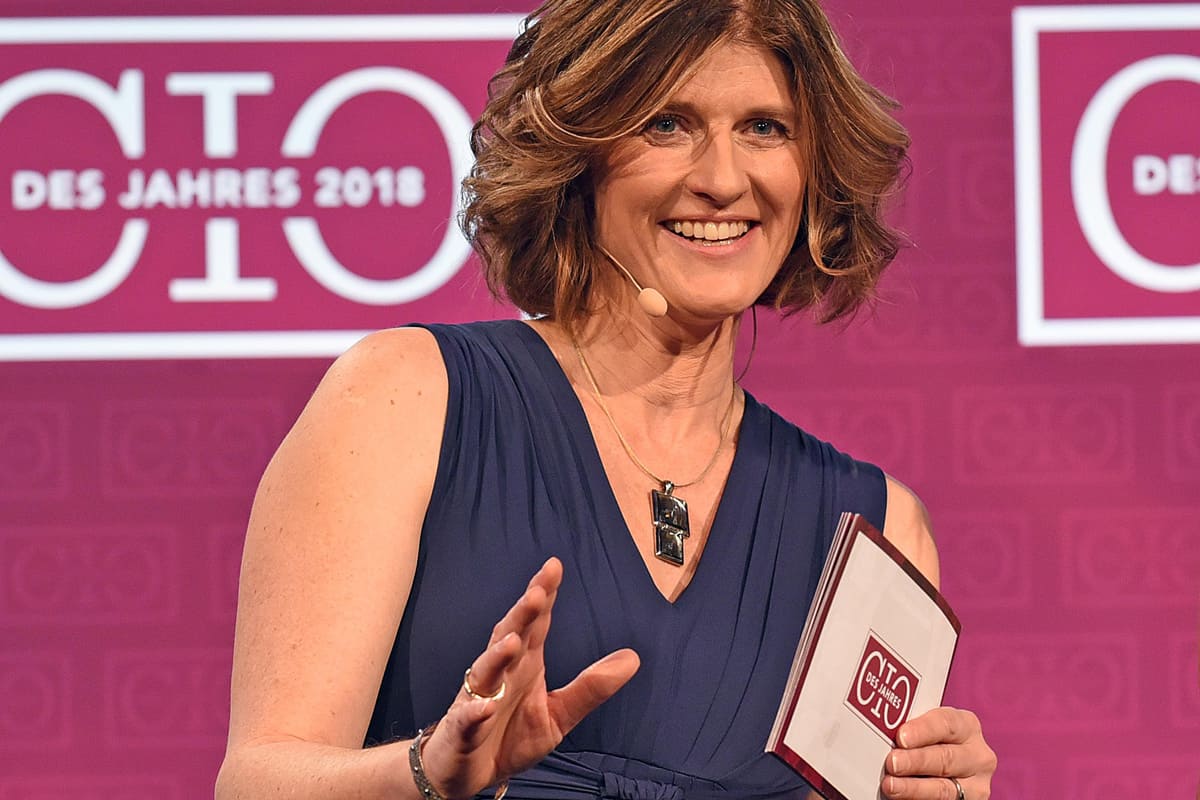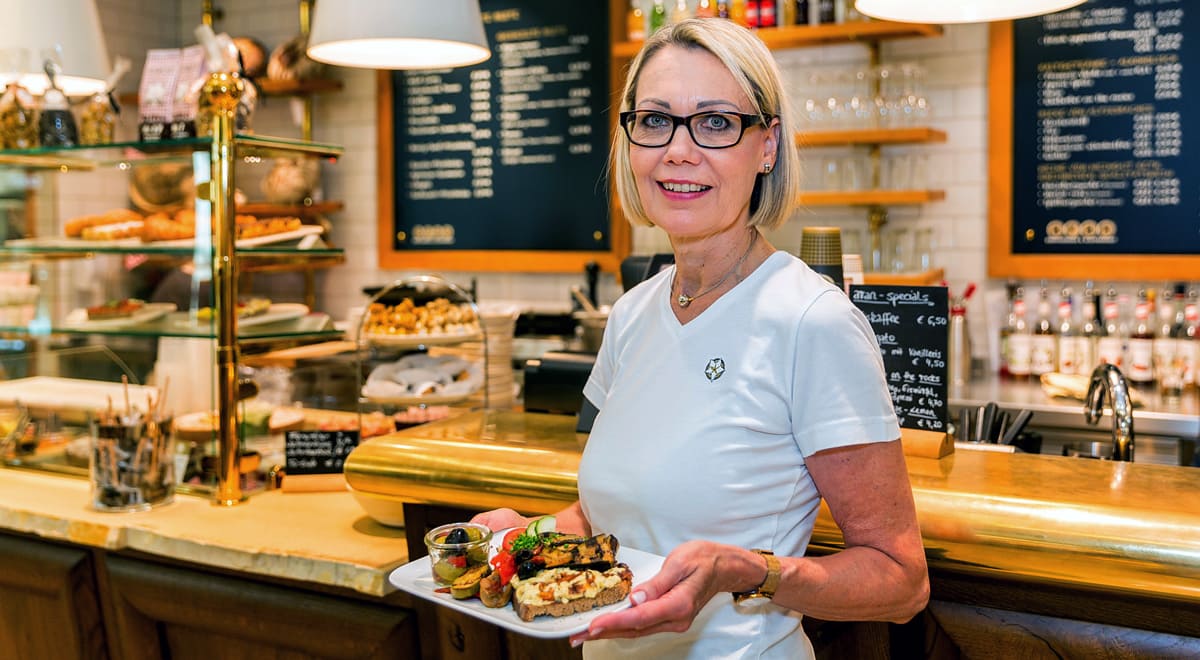Sabine Walter, Head of netzwerk managementberatung | coaching, in conversation with ...
Paul Helmeth, Managing Partner of the Kirimanufaktur
How is it that you, as a permanently employed Lufthansa pilot, are now building up a business on the side?
Running a business alongside flying is nothing unusual. There are many pilots who have a second leg to stand on. While the decline in flying during the Corona pandemic has further encouraged this, it is not new.
S.W.: That surprises me, because I saw the job as a pilot as very fulfilling - both in terms of content and time.
It is. However, there are also many empty or waiting times. Especially on long-haul flights, the time differences always lead to people waking up in the middle of the night and wanting to make good use of the time in the hotel. Some do sports, others work off emails and still others then take care of their business.
And it's really exciting to see what colleagues are coming up with. You could say there's entrepreneurship in the air. And this is no coincidence either, because the assessment centres and selection interviews definitely emphasise entrepreneurship, management skills and leadership.
How did you get into furniture construction and room dividers in particular?
I have always worked with wood in my spare time since childhood. I have built most of the furniture in our house myself and have also always made sure that this furniture has both an appealing design and useful additional functions. My aspiration when working with wood is also creativity.
And with Corona, it quickly became clear that the future in aviation was unpredictable, and so the desire arose to take this hobby more professionally and found a start-up. The rest were coincidences.
The first coincidence is related to the raw material wood
A very good friend of mine, Peter, has been planting the Paulownia tree for years on plantations in Germany and Spain. This tree is also called the Kiri tree and has been used in Asia for furniture-making for a very long time, but in Germany it is still quite unknown.
The Kiri tree has several special features which also make it very attractive for me as furniture wood.
For one thing, it grows very quickly. To get an impression: the Kiri tree grows up to 7 metres in the first year. A German common oak grows about half a metre in the first year. On the other hand, it grows very straight and is also practically branch-free in the first 6-7 metres. After six to seven years, the tree has a trunk diameter of about 40 centimetres, is felled and yields almost "perfect" wood.
In addition, the wood is also very sustainable – not only because it grows so quickly, but also because a kiri tree plantation absorbs four times as much CO2 as a mixed forest and is very heat resistant.
The second coincidence is related to the product development process of a mobile sauna.
Actually, I've been wanting to build a mobile sauna for years, i.e. a sauna that you could put on a trailer like a "Tiny House" and then drive onto your property without a building permit. I then ordered kiri wood for this and wanted to approach the question: "How do I manage to build and glue a sauna on my own, with my two hands and no big equipment?" In order not to waste so much wood for these experiments I started to build models. The first models were still quite heavy, so you could only lift them up on your own to a limited extent. So, in order to find the right joining technique, I reduced the size of the models further with the help of my 3D CAD planner and made them in my workshop.
My model for the joining technique was the clamping technique of old farm cupboards. They can be disassembled and reassembled over generations without any problems.
However, due to a lack of materials, I had to become more and more creative in developing the joining technique. For example, I didn't have any thick wood available, the hardware stores were closed, so I had to adapt the clamping technique to thin wood. The result is a further development of the slip tongue joint, which has not existed in this way before. That this is the right name for what I had found through experimentation was revealed to me by a Google search.
And since each of my models stood as a wall module in our living room during the time of intensive home office and homeschooling, the idea had already matured in the back of my mind. The trigger for me to finally say goodbye to building my own sauna and turn to room dividers was the cost estimate for the sauna windows.
In short: my passion for wood, technical solutions, creativity and design came together with short-time working, a sustainable source of raw materials and classic "waste products from experimental and product development processes" and the modular Kiri room divider was born.
S.W.: What happens now?
From the idea to the company
There are three aspects that are important to me:
- Market and distribution
- Further development of sustainability,
- Series production and productivity in the manufacturing process
Market & Distribution
The central questions that drive me in market and distribution are: "How is my product received by the customer?" "How often is it bought?" and "Who's going to buy it?"
I already have initial market feedback, also from professionals in the furniture industry. Friends of ours run a well-known furniture store in Munich. They have, for example, given very positive feedback on the room divider. Then I am in contact with shopfitters and office fitters. I would like to intensify all this and also transfer it into first projects.
Sustainability of the product
With regard to the further development of sustainability, I have already found the perfect surface treatment, that is, the room divider can be shredded and completely composted without compromising surface quality.
I am still looking for alternatives for the aluminium application. But even there - aluminium is the best recyclable metal and can therefore also be recovered.
All in all, a true circular economy.
The production process
Now to the production process: There the focus is on automated manufacturing. I drew up the production plans myself and tested them with the workshop manager of my friend Peter and produced the pilot run in series production. We are equipped for small series production. For large-scale production, I would like to further increase the degree of automation. I have already simulated how this can be done in my CAD tool. Now it still needs a partner to implement it for me and show that it works.
I am impressed. How did you learn all that? It has nothing to do with flying.
Building and developing things is a skill that has been growing since childhood and in my early years also actively encouraged by my father. Besides, I am extremely curious and eager to learn. And then there is something else that is also part of my DNA. We were always encouraged at home to look for a solution with the resources we had. Before we went to the DIY store and bought things, we always looked to see if we could solve the problem with things we had at home anyway. This challenge stimulates creativity and promotes networked thinking.
For example, in the first years of my apprenticeship I used IKEA pencils as dowels to hang up pictures. At some point I also used real dowels. The more budget I had at my disposal in the course of my life, the higher the quality of my tools became and the more accurately and to some extent more efficiently I could work. But the creativity in finding solutions has remained.
I just tried CAD drawing. It certainly helps that I am generally very IT savvy. And there are really easy-to-use CAD tools for ipads.
What parallels are there between flying and business management?
Leading is a parallel. To this end, I have gained a lot of practical experience as a pilot and now also as a captain, but I have also received a lot of further training. It is also a question of deciding - at the right moment and often without having all the information available. It is a matter of keeping an overview to focus on the essentials. So there are many parallels.
What would have to happen for you to give up flying?
This question does not arise at the moment. I can imagine reducing my flying, but I don't want to give it up. For me, flying is a valuable counterbalance. When I'm in the air and flying straight for several thousand kilometres, I can think about many things. On the other hand, taking off and landing an aircraft can always be perfected. In addition, I have the aspiration in the Kirimanufaktur to optimise and professionalise everything to such an extent that I am dispensable. For me, that is an entrepreneurial quality.
To conclude: As long as I can afford it entrepreneurially, I will continue to fly and thus also have the space for a change of perspective.
Paul Helmeth, Managing Partner of Kirimanufaktur, has been a Lufthansa pilot for 19 years. In February 2021, he founded the KIRIMANUFAKTUR, a start-up specialising in the processing of kiri wood grown sustainably in Europe. A self-taught furniture maker, he has benefited since childhood from a hobby that he now turns into his profession.



